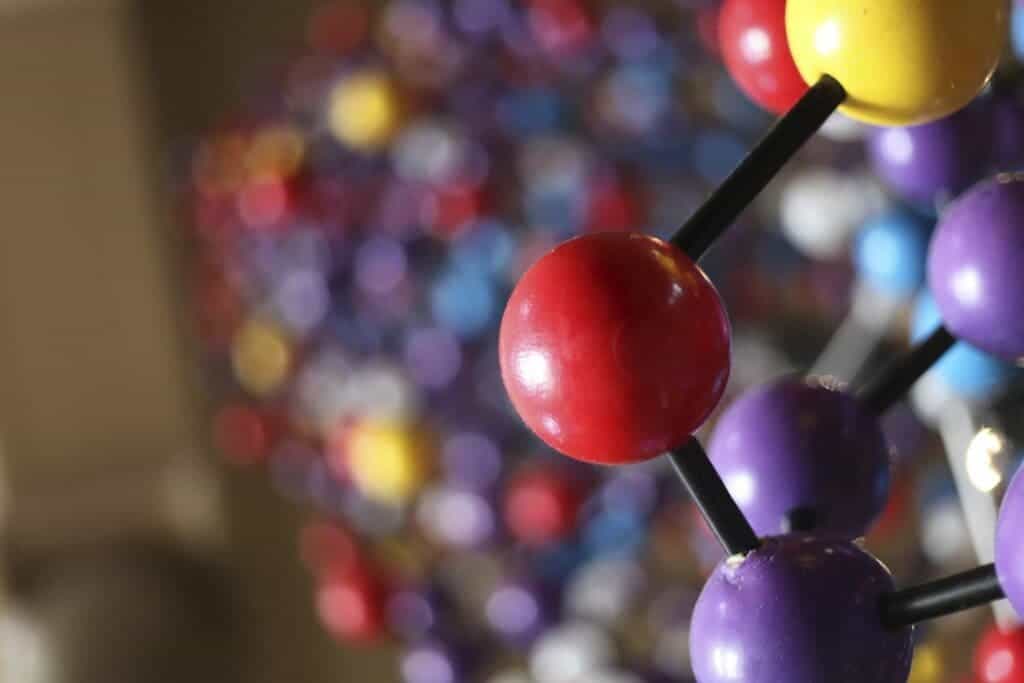The world is facing an unexpected problem: the speed at which we produce data is largely outpacing our ability to store said data. But help could be on the way — and not the help you’re probably expecting. Two groups of researchers have recently taken important steps towards using DNA as storage, one coming up with a new microchip and another one finding a way to write data faster in DNA format.

There’s a 20.4% growth every year in demand for data storage, which could reach nine zettabytes by 2024 — 1,000,000,000,000 gigabytes. This is more problematic than it seems at first glance because current methods of storage are having a difficult time keeping up with such demand. This is where synthetic DNA enters as a tiny storer of information.
DNA could help to reduce the amount of space and material needed for data storage needs in the future. It has a clear advantage over current storage media and could be a potential solution to challenges in data needs. It can be very durable, lasting thousands of years, and even have lower greenhouse gas emissions. A win-win deal — if we can get it to work.
Despite its advantages, there are still many barriers preventing DNA storage from becoming a reality, including the speed and current costs to synthesize DNA. Now, a research group at Microsoft has found a new way to write DNA with a chip that is 1000 times faster than before – allowing a higher write throughout and consequently lowering the costs associated to writing.
The team at Microsoft worked with the University of Washington at the Molecular Information Laboratory (MISL) on the new chip, “demonstrating the ability to pack DNA-synthesis spots three orders of magnitude more tightly than before” and “shows that much higher DNA writing throughput can be achieved,” they wrote.
For Microsoft, one of the main players in cloud storage, this kind of development would be a big plus amid a growing demand for data. To put this into numbers, about three billion personal computers are estimated to have been shipped around the world since 2011. And that number could keep on growing in the near future.
A high-speed microchip
Alongside the research team from Microsoft, a team at the Georgia Tech Research Institute (GTRI) has recently taken another big step to store information as molecules of DNA. They have developed a working prototype of a microchip at their lab that they argue would improve on existing technology for DNA storage by a factor of 100.
The record for writing DNA currently stands at 200MB per day, which means the new chip would increase that to 20GB per day – equivalent to 8GB per hour. In comparison, LTO-9, the most recent tape technology, reaches up to 1440GB per hour. Still, DNA storage is barely taking its first steps, with no commercially products available yet. The speed isn’t there yet, but it’s progressing quickly.
The microchip is about 2,5 centimeters (or one inch) square and comes with multiple microwells — microwells being the structures that allow DNA strands to be synthesized simultaneously. But as it’s only a prototype, and there’s plenty of work to be done.
However, the researchers have already partnered up with two companies to explore how to bring down the costs of the chip and make it robust enough to be used practically..
The study from Microsoft can be accessed here, while the study from GTRI was published in the journal Science Advances.









